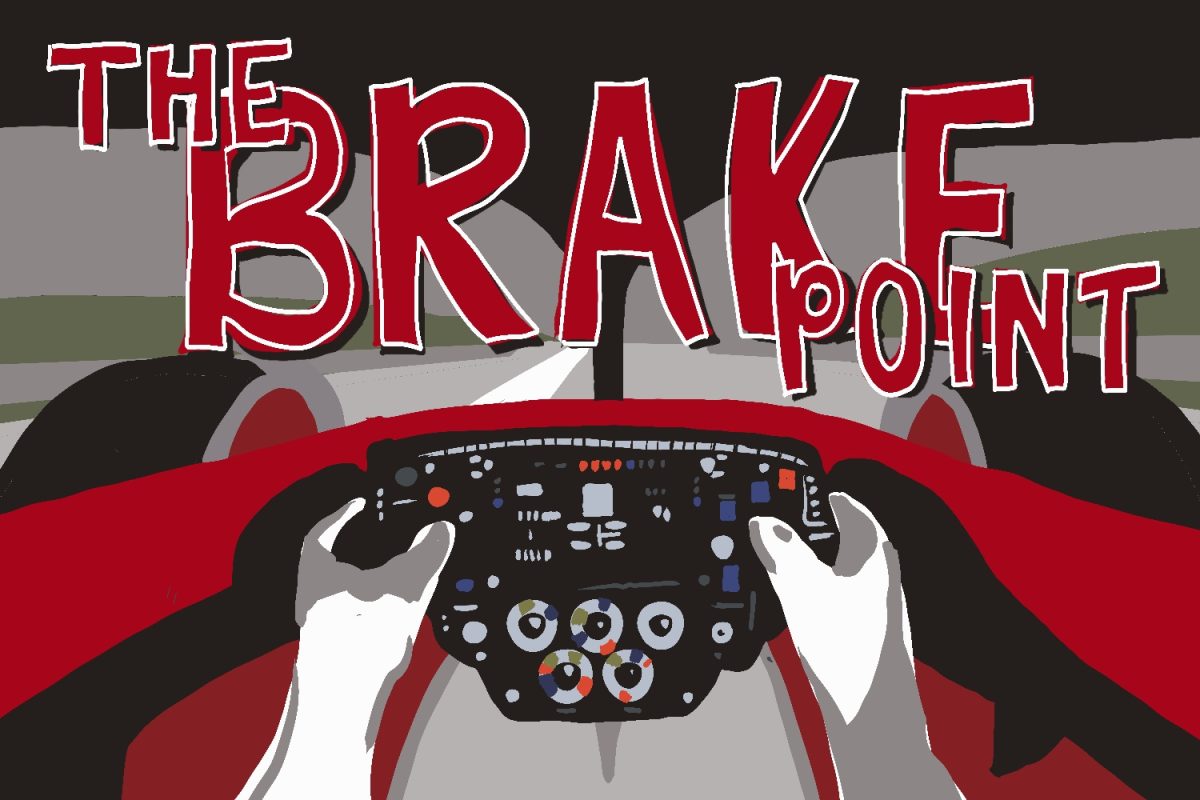Fittingly, Saturday’s Segway Human Transporter demonstration took place next to the “Going Places” exhibit at the Museum of Science.
Renowned inventor and entrepreneur Dean Kamen hopes the Segway HT, touted by his company Segway, LLC, as “the first self-balancing, electric-powered transportation machine,” will transform the way people live and work, much the way cars revolutionized travel.
This Saturday at the Museum in Cambridge, an estimated 250 people, many with dazed, grinning expressions and many of them engineers themselves, hopped on the new machine for a test drive. The throngs were not an aberration, as hype built around the machine long before it made its debut on ABC’s Good Morning America on Dec. 3.
The first published reports speculating about the true nature of the Segway, then code-named “It” and “Ginger,” appeared online in Jan. 2001. The rumor mill begin churning in late 1999, producing speculations as to the nature of the devicet hat ran the gamut from jet-packs and flying cars to even more exotic possibilties run by nuclear systems of Stirling engines. A patent for “It” at the World Intellectual Property Organization’s International Bureau was publicly filed on Dec. 14, 2000.
At first glance it’s clear this is a machine like no other. Segway riders stand on a platform between two tires. A pole in front of the rider twists to adjust for height and is topped with handlebars. Riders simply lean forward or backward to move and use the left handle to turn.
But it’s what’s inside the machine that’s propelling Kamen and his machine to legendary status. Self-balancing technology combines aerospace engineering and software to intuit a rider’s own personal balance. Kamen describes the technology as mirroring walking, or “controlled falling.” Rather than relying on the rider to actively maintain balance, the vehicle senses and responds to movement to always stay upright.
“It becomes a part of you,” Kamen said.
The personal-use model is about as wide as an average adult’s shoulders and as long as an adult shoe. The business-use model is slightly larger, with black wheels and shiny metal, and can carry cargo — up to 75 pounds in addition to the rider. Both of the electric-powered vehicles move almost soundlessly.
Museum Director of Visitor Services and Science Control Jonathan Burke said about 100 special stickers were distributed on a first-come, first-serve basis as tickets to ride the Segway. When those riders were finished, the Museum opened up the four lines to all museum visitors and, at the request of Kamen himself, extended the demos for an extra hour.
“We of course wanted to be fair to everyone,” Burke explained. “Even museum workers and volunteers had to wait in line.”
Many riders took a few seconds to steady themselves on the machine, but gained their composure when they listened to the couple dozen instructors, all Segway employees, who said, “Relax. Trust the machine. It’s not going to let you fall.”
“It was very different from the feeling of riding a bicycle,” said Pearl Torresyap, 71, of Arlington. “I figured out how to use it in a couple of minutes, but getting on and off was the hardest part.”
Shawn Baker and his friend Pete Zink both 15 and from Winchester, thought riding the Segway would be like a motor-scooter; however, both said it actually felt completely different and easy. Baker’s mother, Aggie, 49, also said it felt different than trying out her son’s scooters or skateboards.
“It was a unique feeling, but you get the hang of it quickly,” she said.
“I was surprised to find out that I am not a well-balanced person!” said Vara Pinnamaneni, 27, of Malden. “It was weird at first. I was rocking backwards and forwards for a few seconds, but then I got used to it and it became more natural.”
Members of the Segway team describe the sensation of riding as “a combination of a surfboard and a motorcycle.” Other testimonials describe it as being “like riding on an escalator with freedom to go wherever you want,” and “gliding might be the closest term to describe it.
The 80-lb vehicle has a top speed of about 13 miles per hour, and although it has been much hyped as a revolution in urban transportation, the Segway is not yet positioned to oust the car or public transit as preferred methods of getting around. However, Kamen stressed that they are only beginning to explore the applications of the technology.
“Schools are high up on the list of no-brainers,” Kamen said. “We’d love to get the Segway HT into the hands of college students. They are thought leaders and the best early adopters of technology.”
That list includes golf courses, theme parks, malls, and office and industrial parks. The Boston Police Department is the first police force to take advantage of the new technology — the department used the Segway during the First Night celebration on New Year’s Eve. It is also being tested with the Tampa Post Office and the Manchester, N.H., Police Department.
Boston police officer Vincent Stancato reported to the Washington Post: “It’s easy … There’s no reason why any officer couldn’t use this as a means of walking his beat.”
During an hour-long technology talk and question-and-answer session, which he delivered to a crowd of about 500 while standing atop a Segway, Kamen said he has left open the possibility of different models in the future, perhaps with seats or cargo-carrying cases.
Kamen said he hopes that in roughly 10 years the Segway will be fully integrated into the pedestrian world. The combination of sidewalk-capability and no-pollution mean no mess and no traffic. Although the cost of operating the electric Segway is literally to be counted in pennies, the $3,000 price tag expected for the consumer version is a far cry from a dollar T-token.

















































































































